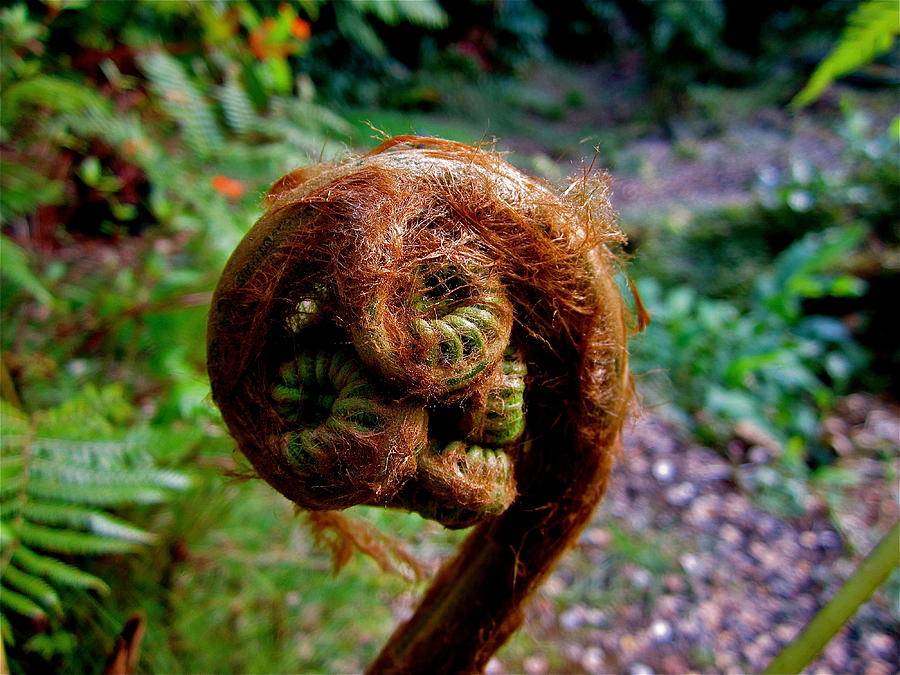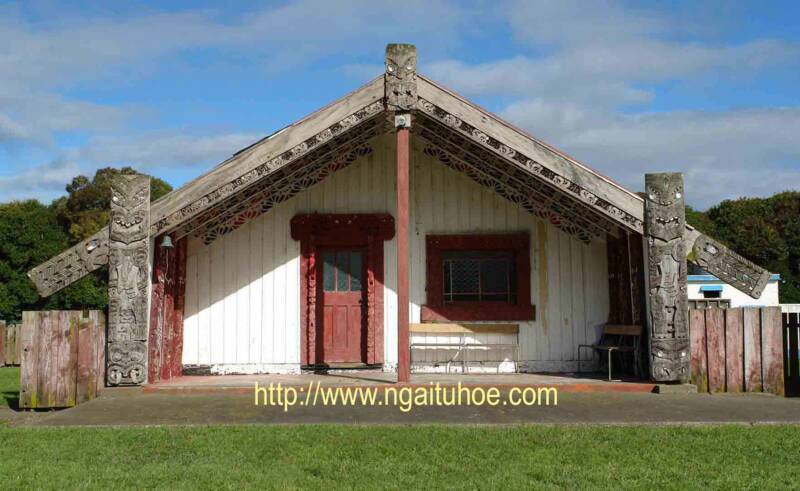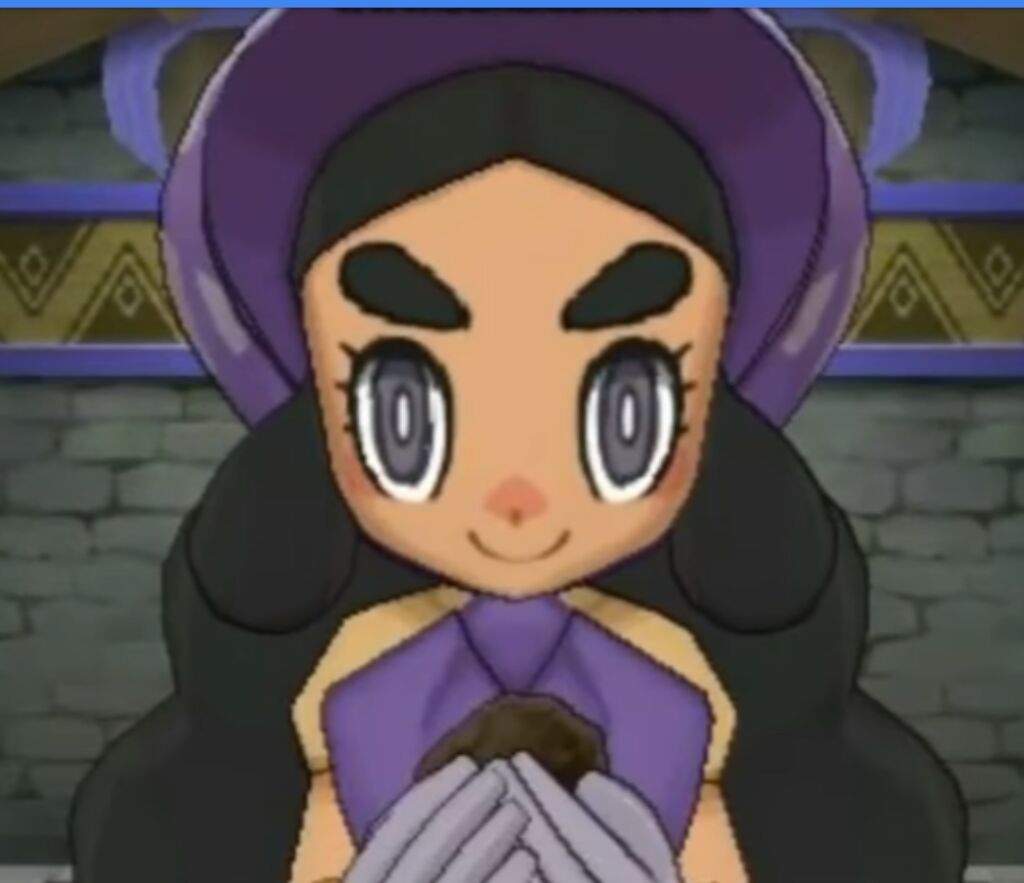
Such persons have coarse features flat, wide noses, and thick lips, dark skin, and hair that, if allowed to grow, is bushy, standing out from the head like the hair of a Fijian, very unlike the straight, or rather slightly wavy hair so characteristic of the purer Polynesian. For instance many show marked Melanesian characteristics, both in feature and in their hair. It is, perhaps, owing to the fact that they are principally aboriginal, that the Tuhoe tribe contains so many individuals showing traces of mixed descent.

The aho ariki, or most revered line of descent of the Tuhoe people, is that from the original parents, Heaven and Earth, through the Whaitiri line, including Tawhaki, Wahie-roa, and Toroa and not through Toi, or Potiki although the Tuhoe people are far more aboriginal in blood than they are Hawaikian (i.e. Hence the origin of an old saying of the Tuhoe people, viz., “ Na Toi raua ko Potiki te whenua, na Tuhoe te mana me te rangatiratanga.” (The land is from Toi and Potiki, the prestige and rank from Tuhoe), thus admitting that they obtained their lands from their ancestors of the original people, but claiming that they derived their rank from the Matatua migrants, of whom Tuhoe-potiki was a (mixed) descendant. Such extension of influence was caused, either by peaceful intermarriages, or by such raids as those of Tawhaki, Tu-manawa pohatu, Whare-pakau, etc. These mixed descendants of the two people soon asserted themselves, and became the ruling people of the district, gradually extending their influence to more remote parts of the interior, as Rua-tahuna, Te Whaiti, etc., where the original people were still unmixed with the new comers. Taneatua also took to wife a woman of Nga-potiki. Wairaka, daughter of Toroa - 161 (principal chief of Matatua) married an aboriginal, as also did her son Tamatea (see Genealogical Table No. I have said mixed descendants, because intermarriages of migrants and the original people commenced with the arrival of the Matatua canoe at Whakatane, i.e., several of the migrants by that vessel married aborigines. In the fighting which occurred between the migrants, or their mixed descendants, and the original people Nga-potiki, Tini o Tuoi, Te Marangar-anga, etc., some 250 years, or ten generations ago, there appears to have been but little resistance from the latter, or such resistance was poorly organised, with the result that the attacking forces were successful all along the line. The latter migration of Polynesians, which arrived on the shores about the year 1350, if we reckon twenty-five years to a generation, appears to have been composed of a more energetic and masterful people than were the old time people of Toi, Potiki, and Hape. The traditional history of the original people has either been lost or has become so mingled with that of later migration hither from Polynesia that the two systems are now hopelessly mixed. The Polynesian origin of the Toi tribes cannot be denied, but it is not known from what part of Polynesia they came.

From this Toi are descended many tribes, though probably there were other early migrants to New Zealand unrelated to Toi, who founded tribes, as we shall see anon and, however this may be, it is certain that these various original tribes of the Bay of Plenty district intermarried, so that every descendant thereof can claim descent from Toi. He was known as Toi-te-huatahi on account of his being an only child ( hua-tahi=single progeny, only child) and also as Toi-kai-rakau (Toi the Wood Eater) a name bestowed upon him and his people by the members of the last migration hither from Polynesia, because the original people lived to a great extent upon forest products and fern root.

1), whose descendant Toi, a chief of great fame, lived at Ka-pu-te-rangi pa (fort), at Whakatane. The Ngati-Awa people say that the first person to settle here was one Tiwakawaka (see Genealogical Table No. The first people to settle this region were a division of the original inhabitants of New Zealand, a Polynesian people who seem to have made these shores some thirty-three or thirty-five generations ago. IN regard to the inhabitants of Tuhoeland.

THE ORIGINAL PEOPLE OF TUHOELAND AND SURROUNDING DISTRICTS.


 0 kommentar(er)
0 kommentar(er)
